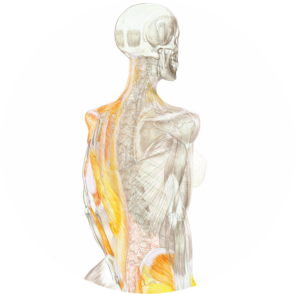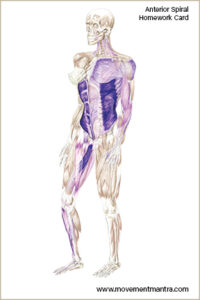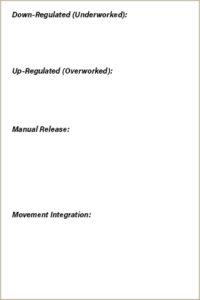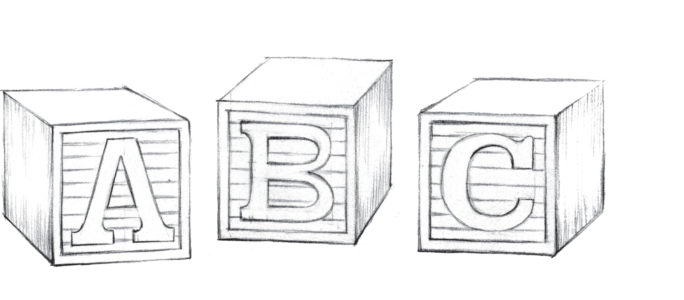
Homework Cards
We now have homework cards that complement The 5 Primary Kinetic Chain Posters. Each set has 5 cards – one corresponding card per each of the 5 kinetic chains.
The homework cards allow the practitioner to give specific homework based on their clients’ presentation. They serve as a reminder for the client to stay on track between sessions. They also provide a template for greater client education and understanding by emphasizing both manual release and integration exercises that work in tandem for success in recovery.
The cards are easy to use. The kinetic chain illustration is on the front of the card and there are four entries on the back of the card.
Down-Regulated (Underworked):
These are the player/s not engaged. This is the part of the movement equation that needs to get back in the game of keeping the structure safe.
Up-Regulated (Overworked):
These are the player/s that are overworked by trying to do the job for the down-regulated player/s. Often, these up-regulated player/s create secondary down system effects. Good detective work discovers the primary relationship between the up and down regulated players so that the application of the release and integration is effective at restoring balance back to the structure.
Manual Release:
This is the first step in repatterning. The release of the fixated segment or inappropriate tension allows for a new pattern to be learned. There are many appropriate interventions, as well there are ways of asking the body what it needs. This is up to the practitioner and their toolbox.
Movement Integration:
There is a window of opportunity for the nervous system to learn a new pattern, and to get the player/s that have been disengaged back in the game. The manual release acts as a hack. By temporarily removing the option for compensation, the nervous system must learn a new coping strategy. Activating the down-regulated player/s give the structure the support it needs to recover balanced action.


Note:
The order of cuing the motor control center is important so that effective change and reinforcement of the pattern becomes a learned behavior. If the compensated player is not temporarily taken out of the movement equation, then subsequent movement work often will reinforce a maladaptive pattern. The idea is to displace a maladaptive pattern with a more bio-mechanically efficient pattern. Displacing maladaptive compensation with appropriate movement integration keeps the container of coping mechanisms safe.
To summarize, the homework cards are the place where you:
Identify the underworked player/s ~
Identify the overworked player/s ~
Temporarily remove the overworked player from the movement equation ~
Integrate the underworked player back into the movement equation ~
You can order your set by clicking here.

